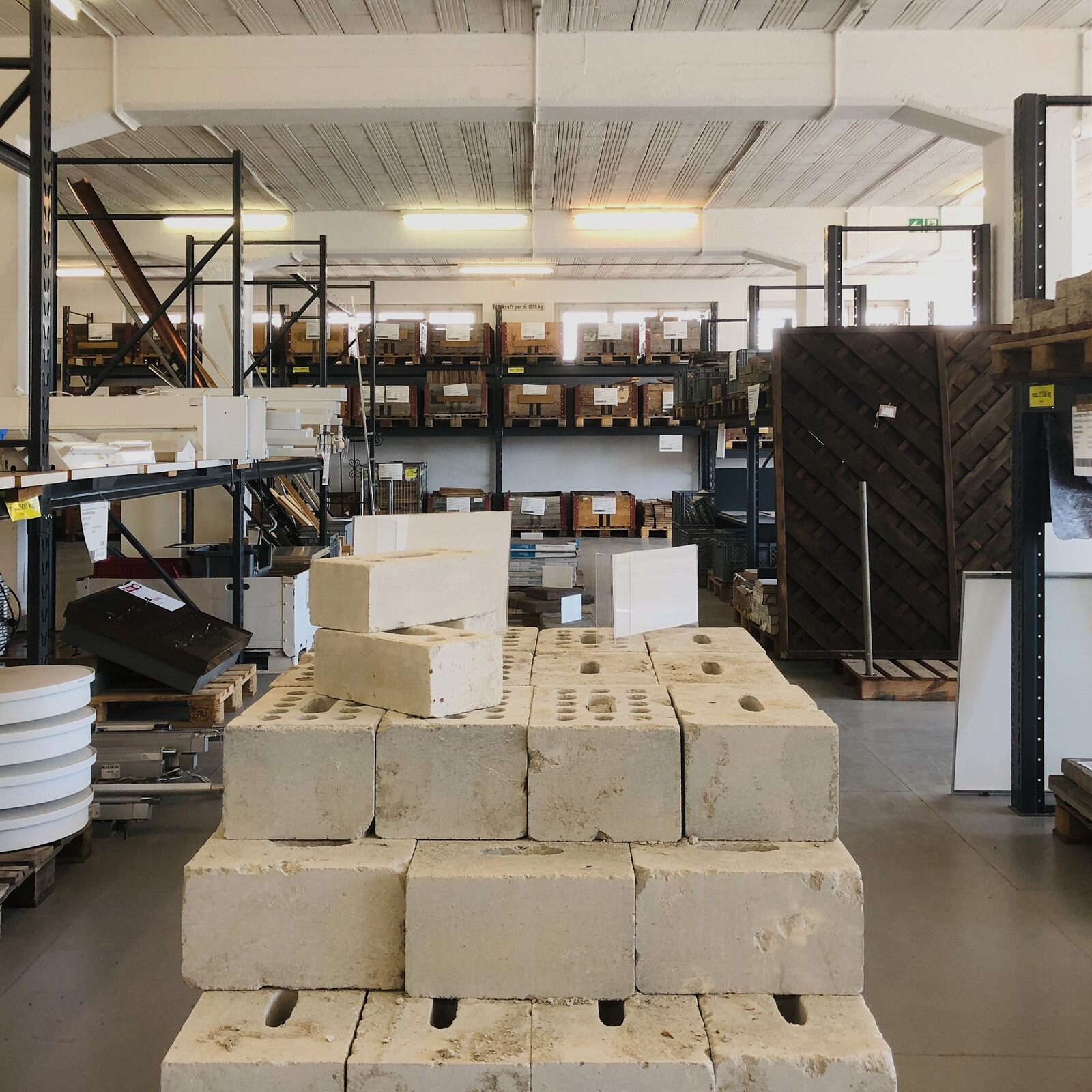This year the Austrian Society for Architecture’s event series centers on unlocking the potential of existing building stock. The reason is clear. There’s no denying the devastating impact architecture, regional planning, and industrial design are having on the environment. The construction sector generates about 40 percent of the world’s carbon dioxide emissions. To claim that architecture does not share in the blame would merely cede more of the discipline’s ground: planning inhabitable spaces and testing ideas must go hand in hand.
It’s not as if we’ve only recently been urged to act. Long before the global community began issuing annual reports on the fledgling efforts to stave off disaster, and before movements such as Fridays for Future and Extinction Rebellion rose to prominence, two seminal works appeared ten years apart: Rachel Carson’s Silent Spring (1962) and the Club of Rome’s Limits to Growth (1972) both sought to spur readers to action.
The cycle in which buildings are torn down to make way for new ones is inextricably linked to the ideology of unbridled economic growth. One option is to stop building now. (See: A Moratorium on New Construction, Charlotte-Malterre-Barthes, Sternberg Press. Forthcoming September 2023.) But what would that mean to a discipline which has viewed this activity—in ever-changing guises—as its raison d’être? The attendant challenges will require us to engage with the notion of transformation. As the Viennese architect Hermann Czech put it exactly fifty years ago, “Transforming an existing building is more interesting than building a new one—because, in essence, everything is transformation.” [Ein Umbau ist interessanter als ein Neubau—weil im Grunde alles Umbau ist.] Contrary to modernism’s emphasis on purity, in this sense, the act of building is a matter of engaging with existing material that is open to ambiguity and contradiction.
In our series we’ll assess the problems, including their historical and theoretical roots, and discuss ways they might be overcome. The events are structured in three segments: Slow Down, Stop, and Change Course.
So, first off, as we Slow Down (through March), we’ll address the transformation of buildings as a professional stance, strategy, and practice. We’ll reap the lessons of the post-oil-shock discourse on the environment. We’ll reappraise Lucien Kroll’s ecological tool box and present offices and initiatives such as zirkular, which has redefined how the profession views itself, and Countdown 2030, which employs activism to demand change. A talk by Barnabas Calder will focus on the history of architecture from a form-follows-fuel perspective and our visit to an educational and administrative complex in Vienna’s twenty-first district dating from the 1970s will pointedly ask why a functional building is scheduled for demolition. And on the first anniversary of his death, we’ll celebrate the work of the iconoclastic architecture theorist Christopher Alexander.
From April to June, Stop, the second segment, will make the case for scaling back new construction. In fall, Change Course, our final segment, will examine what modifications must be made to professional conventions, institutions, and norms.
Please visit our website for information about our lectures, discussions, and tours.
Curated by Claudia Cavallar, Elise Feiersinger, Ulrich Huhs, Gabriele Kaiser, Michael Klein, Christina Linortner, Maik Novotny, Gabriele Ruff, Manfred Russo, Felix Siegrist, and Andreas Vass.


